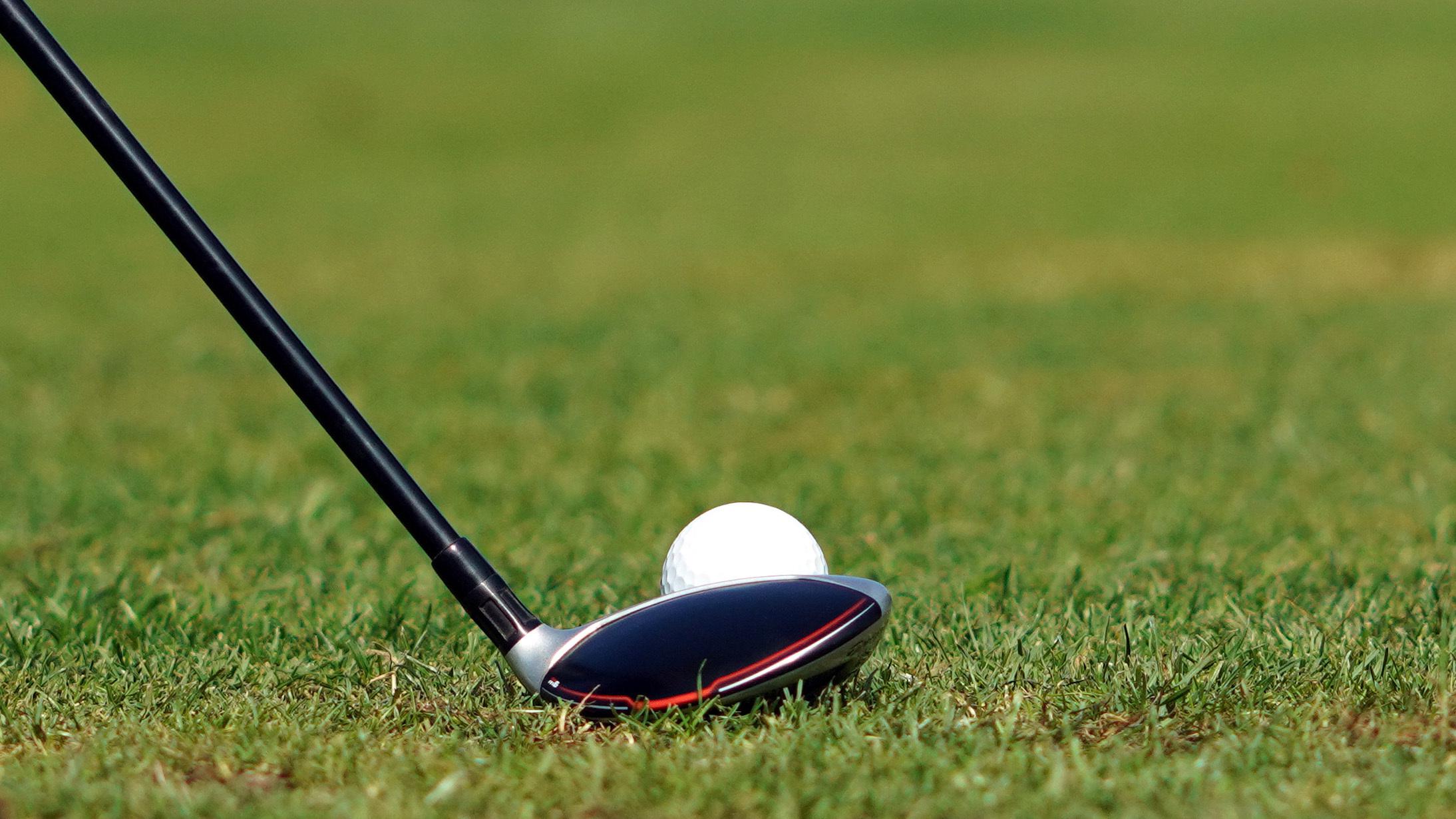The pursuit of excellence in golf necessitates a multifaceted approach that emphasizes physical fitness as a critical component. Golfers aspiring to achieve longevity and superior performance must adopt a holistic strategy that addresses all facets of their physical well-being. This article presents a comprehensive analysis of golf fitness, exploring its multidimensional benefits and highlighting the crucial role it plays in enhancing performance and promoting longevity.
* Golf Fitness: A Comprehensive Strategy for Enhancing Performance and Longevity
Golf Fitness: A Comprehensive Strategy for Enhancing Performance and Longevity
Achieving optimal golf performance requires a holistic approach that incorporates physical fitness, mental preparation, and emotional well-being. By adopting a comprehensive strategy that addresses all aspects of a golfer’s physicality, individuals can unlock their full potential and maintain a healthy and rewarding relationship with the game. Let’s delve into the multifaceted elements of golf fitness and discover how integrating these components can lead to enhanced performance and longevity:
-
Physical Fitness: The foundation of golf fitness lies in addressing three core areas: strength training, flexibility, and cardiovascular conditioning. These components work synergistically to improve swing mechanics, generate power, and prevent injuries. Strength training builds muscle mass and improves strength, enabling golfers to generate greater clubhead speed and distance. Flexibility exercises enhance range of motion, promoting a smooth and fluid swing. Cardiovascular conditioning increases endurance, allowing golfers to maintain peak performance during long rounds and tournaments.
-
Nutritional Considerations: Fueling the body with a balanced diet is crucial for optimal golf performance. A nutritious diet provides the energy necessary for sustained play and supports recovery. Carbohydrates offer a readily accessible source of energy, while protein aids in muscle repair and regeneration. Healthy fats promote satiety and support hormonal balance. Consuming adequate fluids, especially water, helps maintain hydration and prevents fatigue. A well-balanced diet empowers golfers with the sustained energy and focus required to excel on the course.
-
Mental and Emotional Factors: Golf is a mentally and emotionally demanding game. Stress management techniques, focus training, and sleep optimization play a vital role in a holistic golf fitness regimen. Stress management reduces cortisol levels, improving concentration and decision-making on the course. Focus training enhances attention and minimizes distractions, leading to greater accuracy and shot consistency. Adequate sleep ensures physical recovery and cognitive sharpness, promoting optimal performance both physically and mentally. Addressing these mental and emotional factors empowers golfers to stay calm, composed, and focused throughout the game.
* Strength Training and Swing Mechanics
### Strength Training and Swing Mechanics
Strength training plays a pivotal role in enhancing swing mechanics and overall performance on the golf course. It improves clubhead speed, accuracy, and consistency, allowing golfers to maximize their distance and control.
By focusing on compound exercises that target multiple muscle groups, golfers can develop strength throughout their kinetic chain – from the core to the legs and arms. Examples of effective compound exercises include squats, lunges, deadlifts, and bench press. These exercises not only strengthen the muscles responsible for the golf swing but also improve stability, balance, and posture.
Additionally, strength training helps stabilize and control the club during the swing, leading to increased accuracy and reduced risk of injury. Stronger muscles provide better leverage and enable golfers to generate moreパワー while maintaining control throughout the impact zone.
* Flexibility and Injury Prevention
Flexibility and Injury Prevention
Flexibility is a crucial component of golf fitness, contributing to improved range of motion, reduced stiffness, and enhanced swing mechanics. Regular flexibility exercises, such as stretching, yoga, and Pilates, can help:
- Increase flexibility in the muscles surrounding the joints, reducing the risk of strains and pulls.
- Enhance mobility and power in the swing by allowing the body to move more freely and in harmony.
- Improve balance and stability, which is essential for executing consistent and accurate shots.
Injury Prevention Table
| Injury | Contributing Factors | Prevention Techniques |
|---|---|---|
| Back pain | Muscle weakness, poor posture, overswinging | Strengthen core muscles, maintain proper posture, warm up adequately |
| Golfers elbow | Overuse, incorrect grip, weak forearm muscles | Strengthen forearm muscles, use a proper grip, avoid overexertion |
| Carpal tunnel syndrome | Repetitive wrist action, overuse of small muscles | Take frequent breaks, stretch wrist muscles, improve grip technique |
Cardiovascular conditioning plays a pivotal role in golf fitness, as it enhances the heart’s ability to deliver oxygen and nutrients to muscles during exercise. Regular aerobic activities like running, swimming, or cycling help strengthen the cardiovascular system, increasing blood flow to the muscles and improving endurance.
Benefits of Cardiovascular Conditioning:
- Increased Endurance: Enhanced aerobic capacity allows golfers to maintain consistent performance throughout a round without experiencing excessive fatigue.
- Improved Recovery: Strong cardiovascular health facilitates faster recovery between shots, reducing muscle soreness and increasing alertness.
- Enhanced Power Generation: Aerobic conditioning contributes to greater power generation during the golf swing by improving oxygen delivery to muscles, allowing them to contract more forcefully.
Cardiovascular Training Recommendations
Individuals should aim for at least 150 minutes of moderate-intensity aerobic activity or 75 minutes of vigorous-intensity aerobic activity per week. Golfers can incorporate cardiovascular training into their routine through sports, exercises like running or cycling, or activities like brisk walking. It is recommended to start gradually and increase intensity and duration over time.
Sample Training Plan
| Activity | Intensity | Duration | Frequency |
|---|---|---|---|
| Running | Moderate | 30 minutes | 3-4 times per week |
| Cycling | Vigorous | 20 minutes | 2-3 times per week |
| Brisk Walking | Moderate | 60 minutes | Every other day |
True golf fitness extends beyond the physical realm, encompassing a holistic approach that optimizes nutrition, mental resilience, and rest. Adopting a nutrient-rich diet is fundamental for fueling athletic performance and supporting recovery. A balanced intake of carbohydrates, protein, and healthy fats provides sustained energy, muscle repair, and overall well-being.
Stress management is equally crucial, as it can significantly impact focus, swing mechanics, and performance. Techniques such as mindful breathing, meditation, and yoga can help golfers manage anxiety and cultivate mental clarity. Enhanced focus training improves concentration and shot-making precision, enabling golfers to execute shots with greater accuracy and control.
Moreover, sleep optimization is a cornerstone of golf fitness. Adequate sleep duration and quality promote muscle recovery, energy replenishment, and cognitive function. Establishing a regular sleep-wake cycle, creating a conducive sleep environment, and minimizing screen time before bed are essential for ensuring optimal rest and maximizing performance on the course.
the adoption of a comprehensive golf fitness strategy is paramount for achieving optimal performance and longevity on the golf course. By incorporating elements of strength training, flexibility exercises, and cardiovascular conditioning, golfers can enhance their swing mechanics and power generation while reducing the risk of injury. Furthermore, prioritizing nutrition and implementing stress management techniques, focus training, and sleep optimization strategies will foster mental and emotional well-being, which are essential components of holistic golf fitness. By embracing this multifaceted approach, golfers can unlock their full potential, maximize their enjoyment of the game, and maintain a healthy and active lifestyle both on and off the course.








